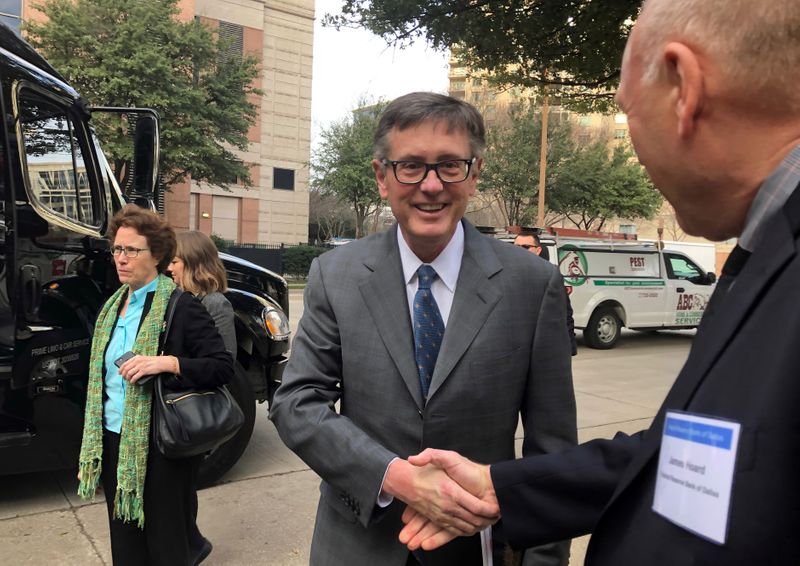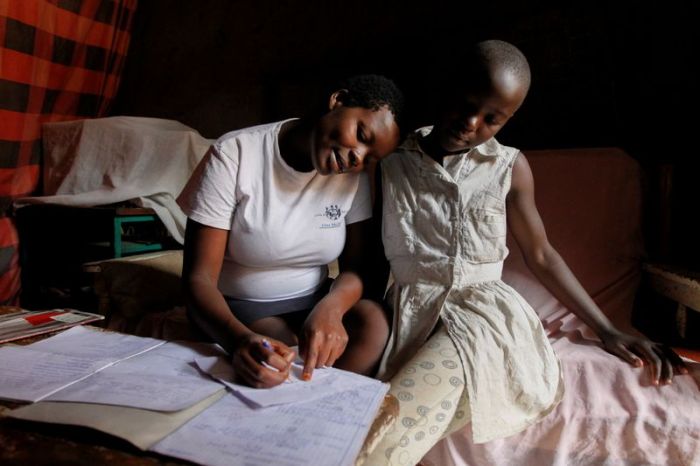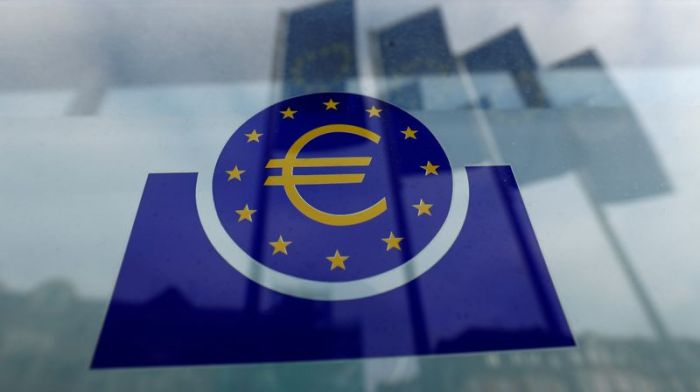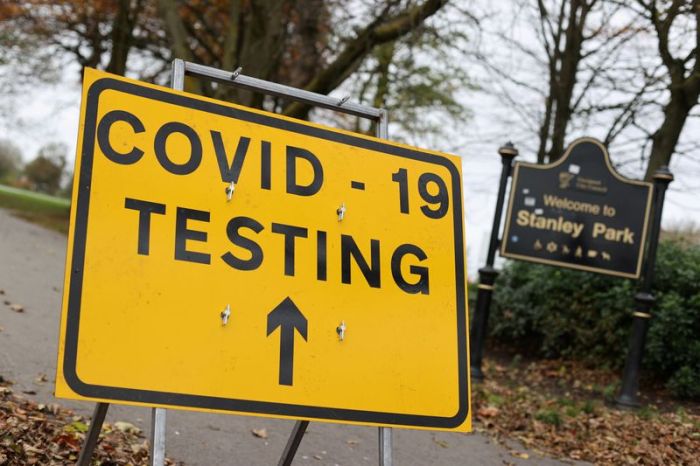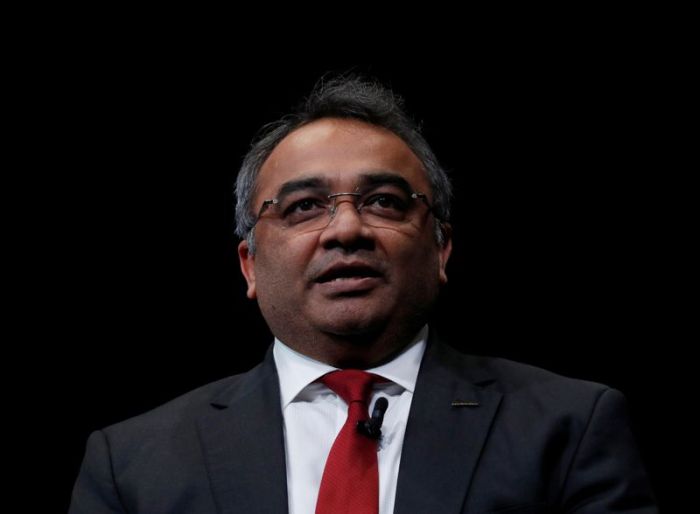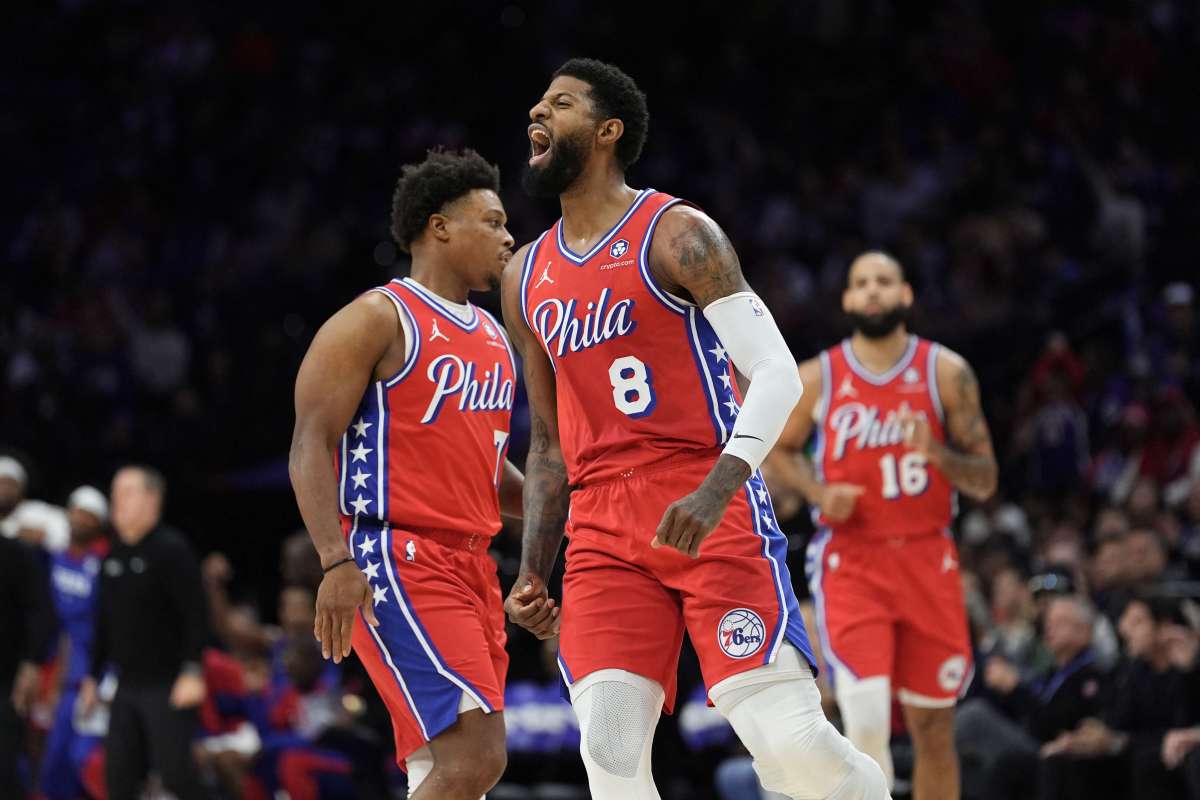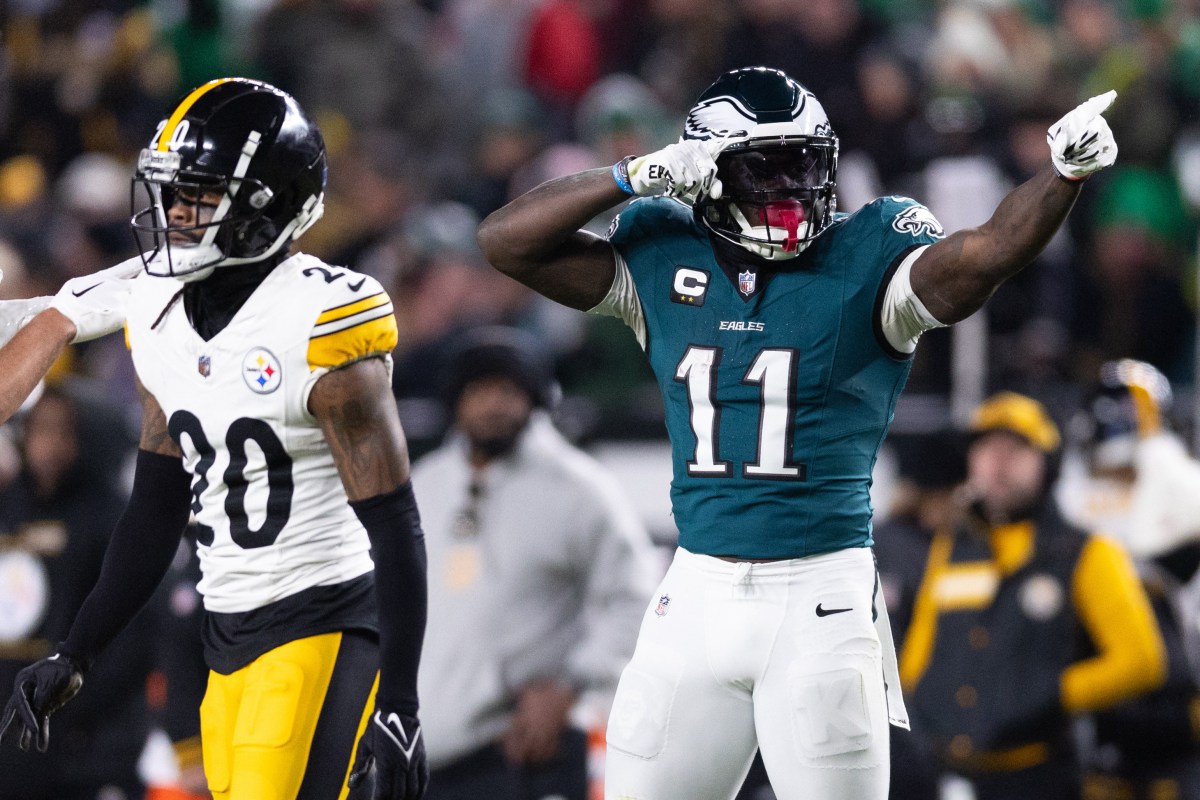WASHINGTON (Reuters) – Successful tests of two coronavirus vaccine candidates have increased the chance of a faster than expected U.S. economic recovery, Federal Reserve Vice Chair Richard Clarida said on Monday.
“There is an upside … The momentum that the economy had going into the fourth quarter was very solid,” Clarida said in comments to a webcast panel on monetary policy organized by the Brookings Institution.
He said his baseline outlook for 2021 had been that a vaccine would be deployed next year, and following positive results from Pfizer Inc <PFE.N> and Moderna Inc <MRNA.O>, “I have more conviction.”
In addition, “there is an enormous quantity of pent-up saving” that people stuffed into bank accounts during months when spending on travel, entertainment and restaurants was curtailed, and that cash could be unleashed next year as the vaccine is deployed, Clarida said.
His comments marked a note of possible optimism in the midst of a potentially dark fall, with coronavirus cases surging to record levels, local governments imposing new restrictions to combat it, and some evidence that the recovery is slowing as a result.
So far there is no movement toward new government support programs to ensure families and businesses have a renewed safety net, and Clarida acknowledged the coming weeks could be “a challenging time.”
But he also noted that so far financial markets are functioning well, and appeared to downplay investor speculation that the surge in infections might prompt the Fed to change its $120 billion program of monthly bond purchases as soon as December to better nurse the economy along.
He said he was not concerned by a recent small rise in U.S. Treasury bond yields, and that borrowing costs are still “very accommodative.”
The Fed is watching closely to be sure conditions remain loose, Clarida said, and in particular noted that the central bank will apply an expansive view of the labor market in any future discussion of potential rate hikes.
In pledging to return the United States to “maximum employment,” Clarida said policymakers would look beyond the headline unemployment rate, for example, to see that sidelined former workers are also drawn back into jobs.
Under a new monetary policy strategy introduced last summer, Clarida said that “as a practical matter” Fed officials will not consider the economy to be at “maximum employment” until an adequate share of the population is working, and the participation rate for key population groups, such as people in their prime earning years, returns to trend.
As long as those indicators are depressed, and as long as inflation remains controlled, “monetary policy should … continue to be calibrated to eliminate such employment shortfall,” Clarida said, with rates low and other programs like government bond purchases still in place.
The comments are notable in the current situation. The headline unemployment rate has fallen quickly from the spring high of 14.7%, when parts of the economy were shut down, to 6.9% last month.
But that drop is partly because there are about 3.7 million fewer people actively looking for work now, who therefore are not counted in calculating the unemployment rate. Some have dropped out for reasons like retirement, but many have been driven from jobs by the pandemic and prevented from returning to work by pandemic-related problems like the need for child care – issues the Fed would factor in to its labor market analysis.
(Reporting by Howard Schneider in Washington; Editing by Paul Simao and Matthew Lewis)

